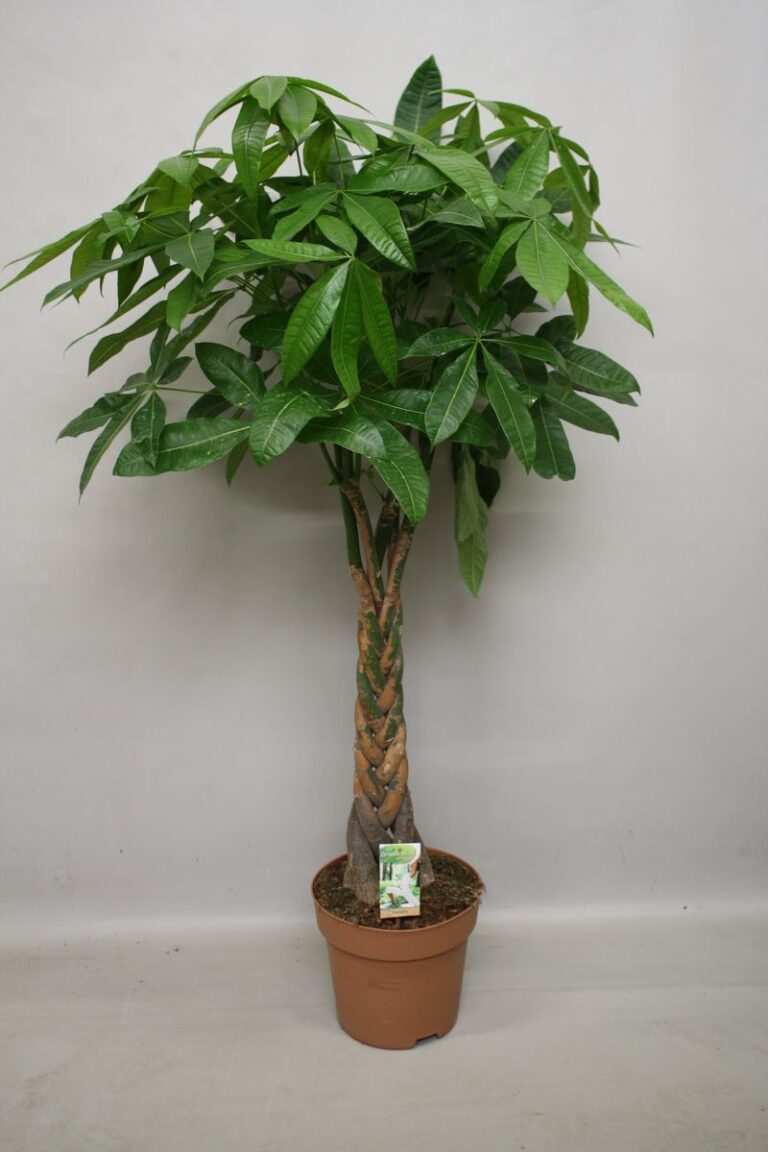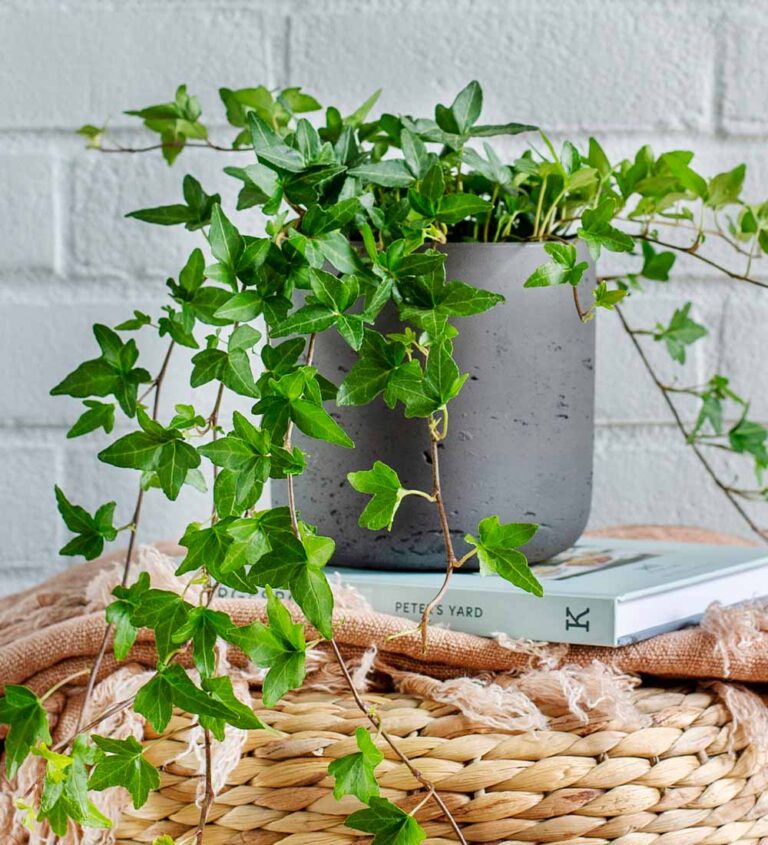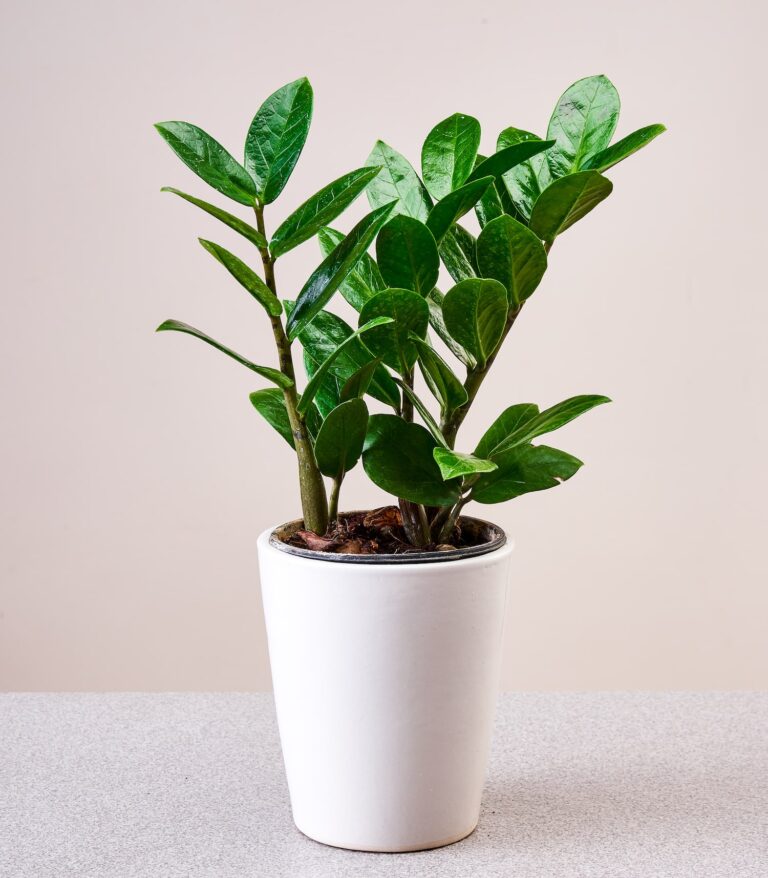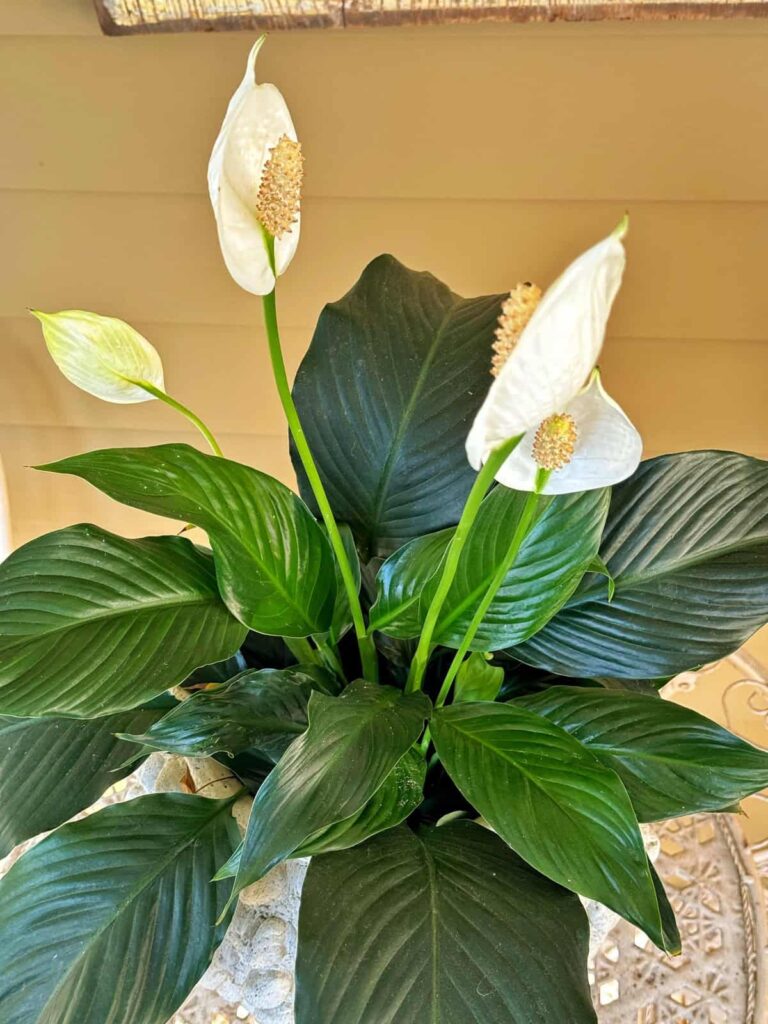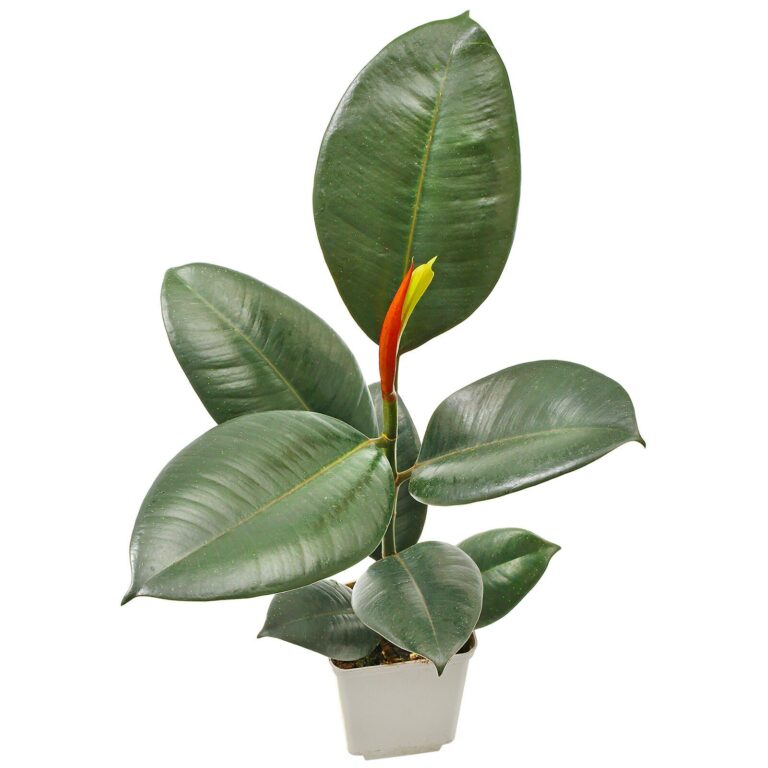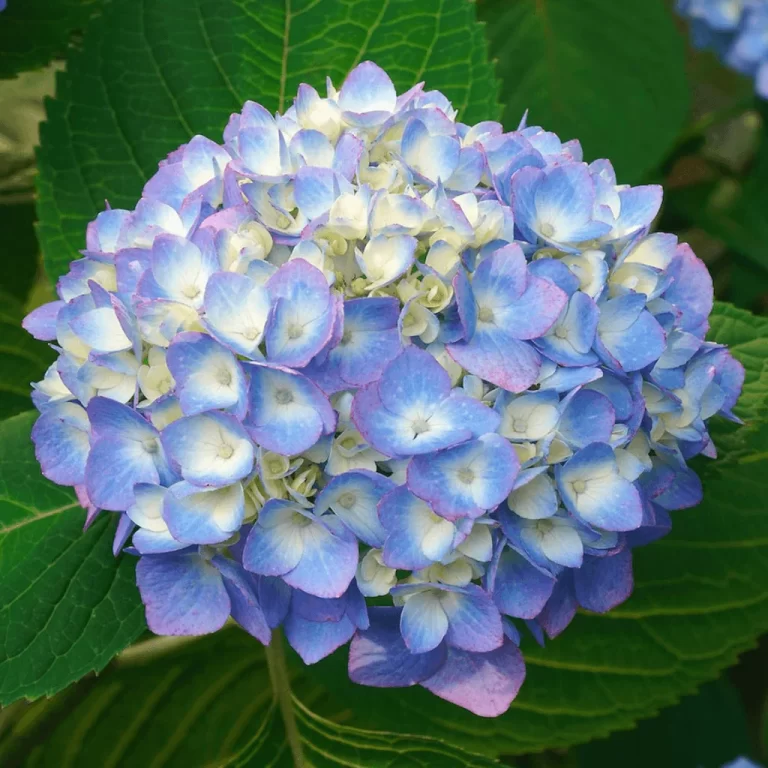Poinsettia: The Christmas Flower
Poinsettia: The Christmas Flower
Have you ever wondered why poinsettias are everywhere during Christmas?
Hello everyone! So, Christmas is just around the corner, and I’ve been seeing poinsettias everywhere. It got me thinking about their history and why they’re so popular. Honestly, I didn’t know much about them until recently.

Table of Contents
History of Poinsettia
The history of poinsettias is quite interesting, you know? It’s not just a plant that suddenly appeared during Christmas. Actually, it has a rich history that goes back centuries. The plant is native to Mexico, and it was named after Joel Roberts Poinsett, the first U.S. Minister to Mexico, who introduced the plant to the United States in 1825. Before its introduction to the U.S., the Aztecs used poinsettias for medicinal purposes and to make red dye. Can you believe that?
Symbolism and Meaning
| Symbol | Meaning |
|---|---|
| Red Color | Represents the blood of Christ |
| Star Shape | Symbolizes the Star of Bethlehem |
| Overall | Symbol of purity, good cheer, and success; used to celebrate Jesus’ birth |
How to Care for Poinsettia
Taking care of poinsettias might seem tricky, but it’s actually quite simple. You just need to follow a few basic steps to keep them healthy and vibrant. Honestly, I’ve killed a few before I learned how to properly care for them. So, I’m here to help you avoid the same mistakes I made!
- Light: Place them in bright, indirect sunlight.
- Watering: Keep the soil moist but not waterlogged.
- Temperature: Maintain a temperature between 65-75°F (18-24°C).
- Pruning: Prune them after the holiday season to encourage new growth.
Popular Poinsettia Varieties
You know, poinsettias aren’t just red. There are actually many different varieties! It’s kinda surprising, right? Each variety has its own unique color and leaf shape. Let’s take a look at some of the popular ones.
| Variety | Color |
|---|---|
| ‘Prestige Red’ | Classic red |
| ‘White Star’ | Creamy white |
| ‘Pink Peppermint’ | Pink with red streaks |
Common Myths About Poinsettia
There are quite a few myths about poinsettias. Honestly, some of them are kinda wild! Let’s clear up some of these misconceptions, shall we?
- Myth: Poinsettias are poisonous.
- Fact: They are not highly poisonous.
- Myth: Poinsettias are difficult to grow.
- Fact: They are relatively easy to care for with the right conditions.
Poinsettia in Home Decor
Poinsettias are super versatile for home decor, especially during the holidays. You can use them in so many ways to add a festive touch. Seriously, they can brighten up any space!
- Use them as a centerpiece on your dining table.
- Place them on your mantel or windowsill.
- Combine them with other holiday decorations like candles and ornaments.
While they’re not highly toxic, they can cause mild irritation if ingested. Honestly, it’s best to keep them away from pets.
Keep poinsettias out of reach of cats and dogs to prevent any potential discomfort.
Getting them to rebloom can be a bit tricky, but it’s doable. You need to provide specific conditions. Honestly, it requires patience.
Provide long periods of darkness and specific temperature conditions to encourage reblooming.
The colored parts are actually modified leaves called bracts. The flowers are the small yellow structures in the center. Honestly, I thought they were the flowers too, at first!
The colorful parts of the poinsettia are bracts, not petals.
With proper care, poinsettias can last for several weeks or even months. Honestly, it depends on how well you take care of them.
Poinsettias can last for weeks or months with adequate care.
In warmer climates, poinsettias can grow outdoors. However, they are typically grown as indoor plants. Honestly, it depends on where you live.
Poinsettias can be grown outdoors in warm climates but are usually indoor plants.
The ideal temperature for poinsettias is between 65-75°F (18-24°C). Honestly, keeping them in this range is key.
Maintain a temperature between 65-75°F (18-24°C) for optimal growth.
So, what do you think about poinsettias? They’re more than just a Christmas decoration, right? Honestly, I’ve grown to appreciate them so much. I really hope this post has helped you learn more about these beautiful plants.


